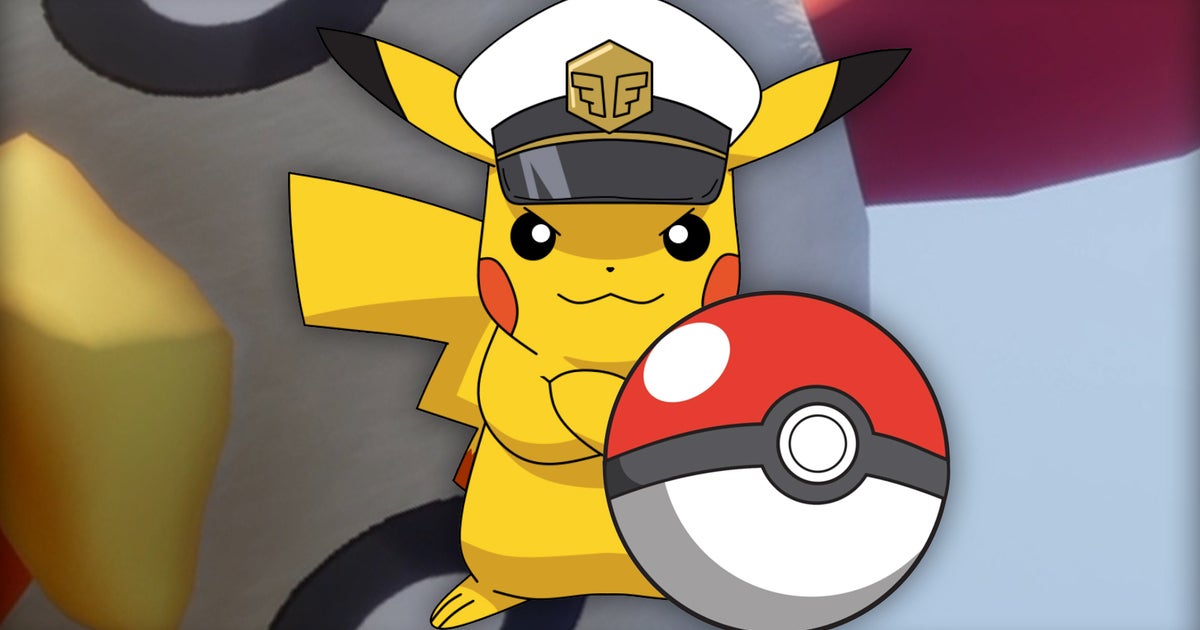Tech
Nintendo’s Palworld lawsuit looks to hinge on Pokéball patent

Nintendo and The Pokémon Company’s shock move to launch legal action against Palworld looks to hinge on a patent relating to how players throw Pokéballs.
Yesterday, Nintendo confirmed it was suing Palworld maker Pocketpair for the infringement of “multiple” patents – but did not detail which ones. Later in the day, Pocketpair itself said it was still to hear which patents it stood accused of breaching.
Now, fingers are being pointed at a recent Pokéball-throwing patent jointly filed this summer by Nintendo and The Pokémon Company. Indeed, the companies requested this patent was given an accelerated review process – perhaps in preparation for this legal action now.
The detail here comes from Japanese patent attorney Kiyoshi Kurihara, speaking to Yahoo Japan and translated by Automaton.
The patent in question describes how a character catches a Pokémon by aiming and throwing a capture item, like a Pokéball, at a creature. Upon successful capture, the creature then becomes “owned by the player”.
In Palworld, players catch Pals by aiming and throwing a capture item, named a Pal Sphere, at a creature. Upon successful capture, the creature then becomes owned by the player.
“[It’s a] killer patent,” Kurihara said. “It seems like it would be hard to avoid if you want to make a Pokémon-like game, and it’s easy to infringe if you’re not careful.”
While filed this summer, Kurihara highlighted this patent had been filed onto a pre-existing “parent” patent filed by Nintendo and The Pokémon Company in December 2021, preceding Palworld’s launch. This means it could indeed be used in a patent battle with Palworld now.
Palworld has been dogged by suggestions it has copied Pokémon since launch, though many of the comparisons between the two franchises have focused on the similarity of many monster designs. This – something more likely to be covered by a copyright complaint – does not seem to be Nintendo’s tactic here.
While interest in Palworld has tailed off since its stratospheric lauch, when 25 million players tried the game, Nintendo will likely be eyeing future developments carefully. A PlayStation version of Palworld looks set to launch at some point, and Sony has invested in Pocketpair to help set up Palworld Entertainment, a division designed to expand the brand beyond the world of gaming.
Eurogamer has contacted Nintendo for more detail, as Pocketpair awaits to hear the details of what it has been accused of.
“[Pocketpair’s] statement does imply that the final complaint (which should list the patents allegedly infringed) has not been delivered/filed yet,” video game legal expert Richard Hoeg told Eurogamer. “First thing defendant gets to know in every jurisdiction is what they are alleged to have done. So they may have received notice that they are a named party, but not the complaint itself.”
For its part, Pocketpair has said it intends to fight the lawsuit to battle what it perceives is an attack on its creativity on behalf of other indie developers. There’s concern, too, among Palworld fans over whether the lawsuit could see the game removed from sale – in Japan, or worldwide.
“The reach of Japanese patent law ends at Japan’s borders,” said Lisa Phillips, an IP and patent attorney with Fisch Sigler LLP in Washington DC. “Which means there won’t be any immediate impact of a decision in that court on Palworld’s US operations. Of course, Nintendo, which has substantial intellectual property rights in the US could also bring suit against Palworld here, too.”








